Plants or Crops
All Plants or Crops Content
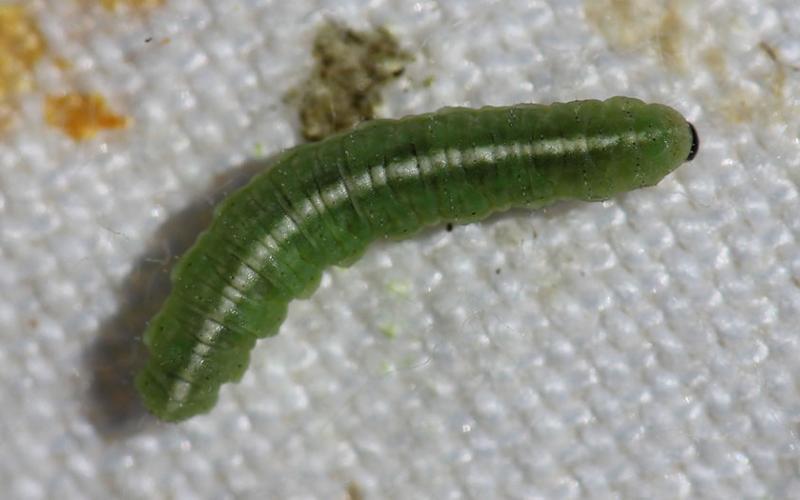
Alfalfa Weevil Activity Prediction Update: May 13, 2021
Although last week was warmer, we still didn’t accumulate a lot of degree days for alfalfa weevils. However, the upcoming forecast looks more favorable for alfalfa growth and alfalfa weevil development.
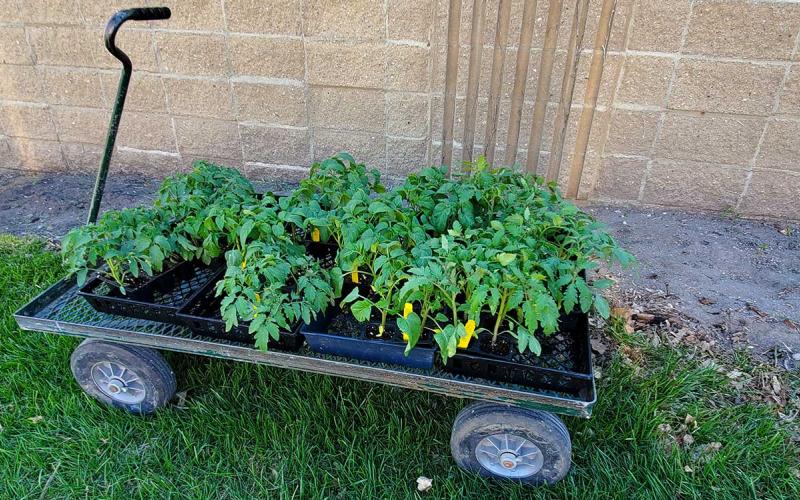
Harden Your Transplants Prior To Planting Your Garden
Hardening plants is an important step that gardeners should not skip. Take the time to harden your plants properly and reap the benefits of sturdy, well-established plants throughout the gardening season!
SDSU Extension to host Wheat Walks in June
May 13, 2021
The 2021 Wheat Walks are slated for June 2 and 3 and will be held near Pierre, Clark and Mount Vernon.
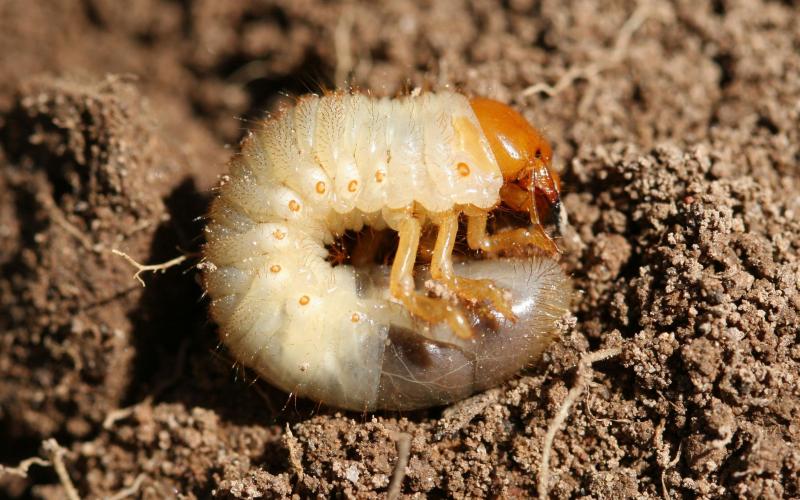
Do You Have Grubs in Your Lawn?
We’ve had quite a few calls about dead patches in lawns this spring, which could be a sign of grub activity. If areas of your lawn are not greening up or appear to be dying, it is important to scout to determine if grubs are present.
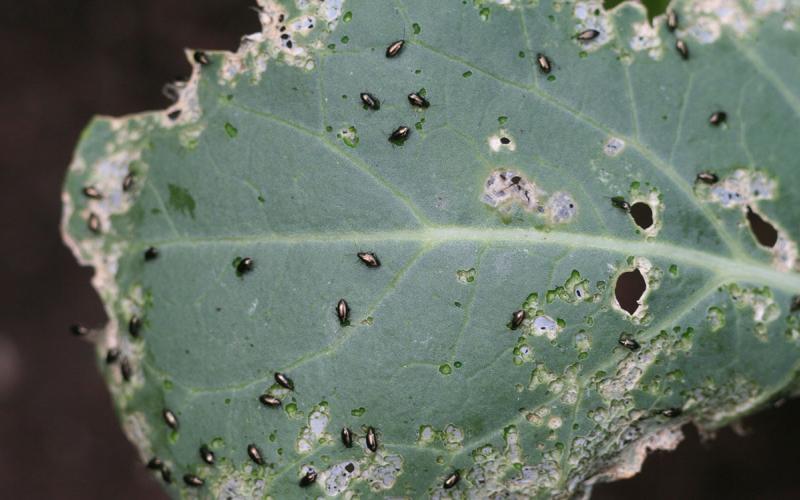
Flea Beetles Already Active In Gardens
It may seem early, but flea beetles are already active in gardens in South Dakota. Adult beetles feed on leaves and stems, and their feeding will leave behind a multitude of small, irregular holes or pits.

Alfalfa Weevil Activity Prediction Update: May 6, 2021
The cooler temperatures the last few days probably slowed down alfalfa weevils again, but everyone should be scouting fields due to the possibility of alfalfa weevil activity.
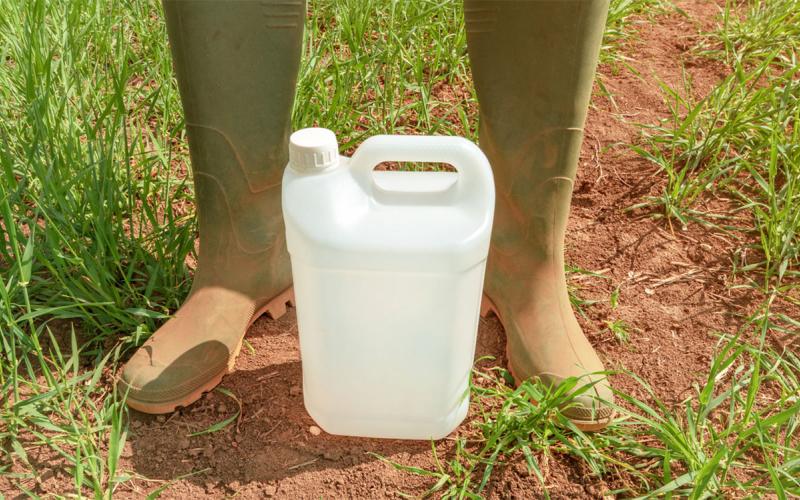
A Ban or New Rules for Chlorpyifos May Be Coming Soon
Recently, a federal appeals court gave the U.S. Environmental Protection Agency a 60-day deadline to either ban insecticides containing chlorpyrifos or set new guidelines for its use.
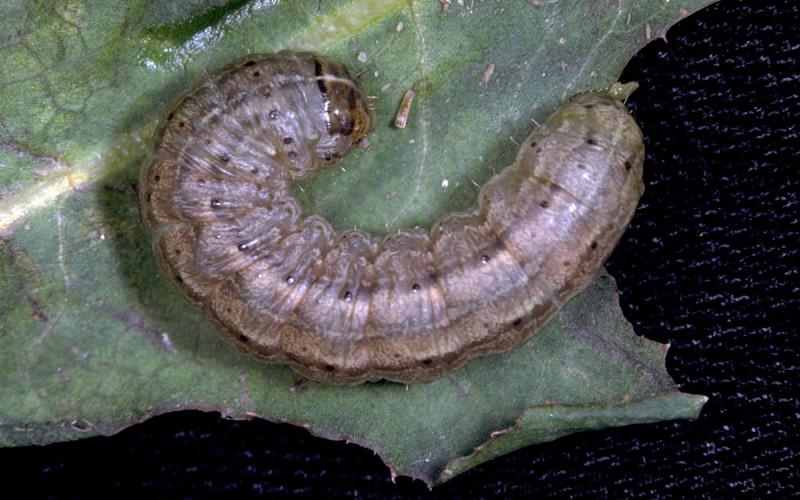
It’s Time to Scout Alfalfa for Cutworms
One of the earliest insect pests that can be found in South Dakota’s alfalfa fields are army cutworms. Injury from cutworms can sometimes be overlooked until large patches of an alfalfa field have been “cut.”

Tulips Bring Early-Season Color to the Garden Each Year
Nothing says “spring is here” quite like the annual tulip bloom! Late April and early May are great times to enjoy a wide pallet of colors and textures presented by over 100 known species of garden tulips.
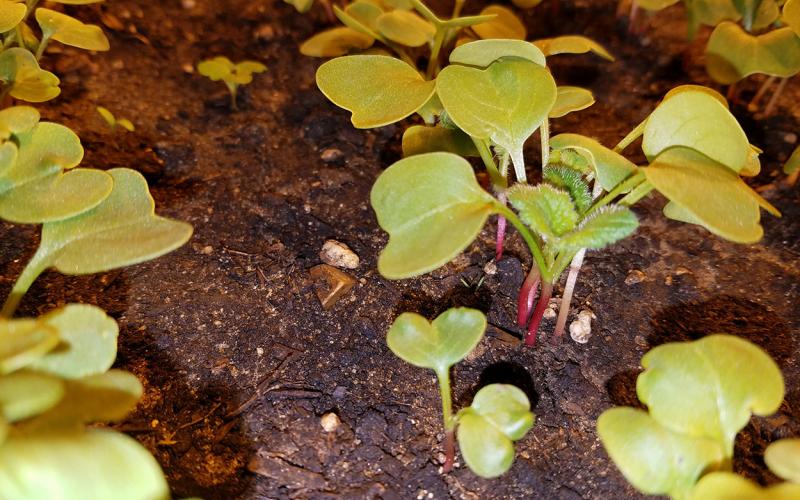
Radish: A Quick-Growing Vegetable To Enjoy in Spring
Radishes can be planted early in the growing season, as they germinate in soils temperatures as low as 40 degrees Fahrenheit.